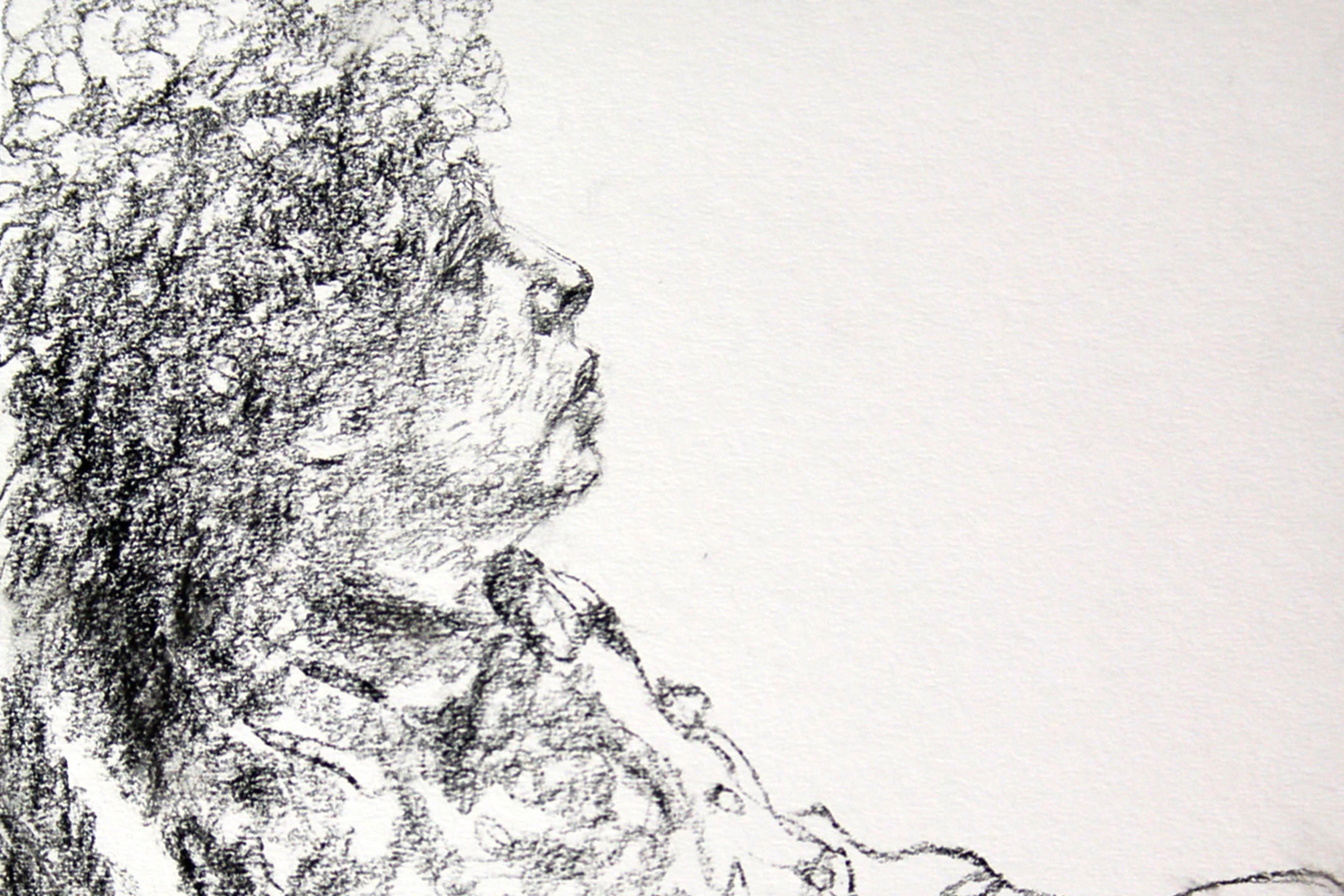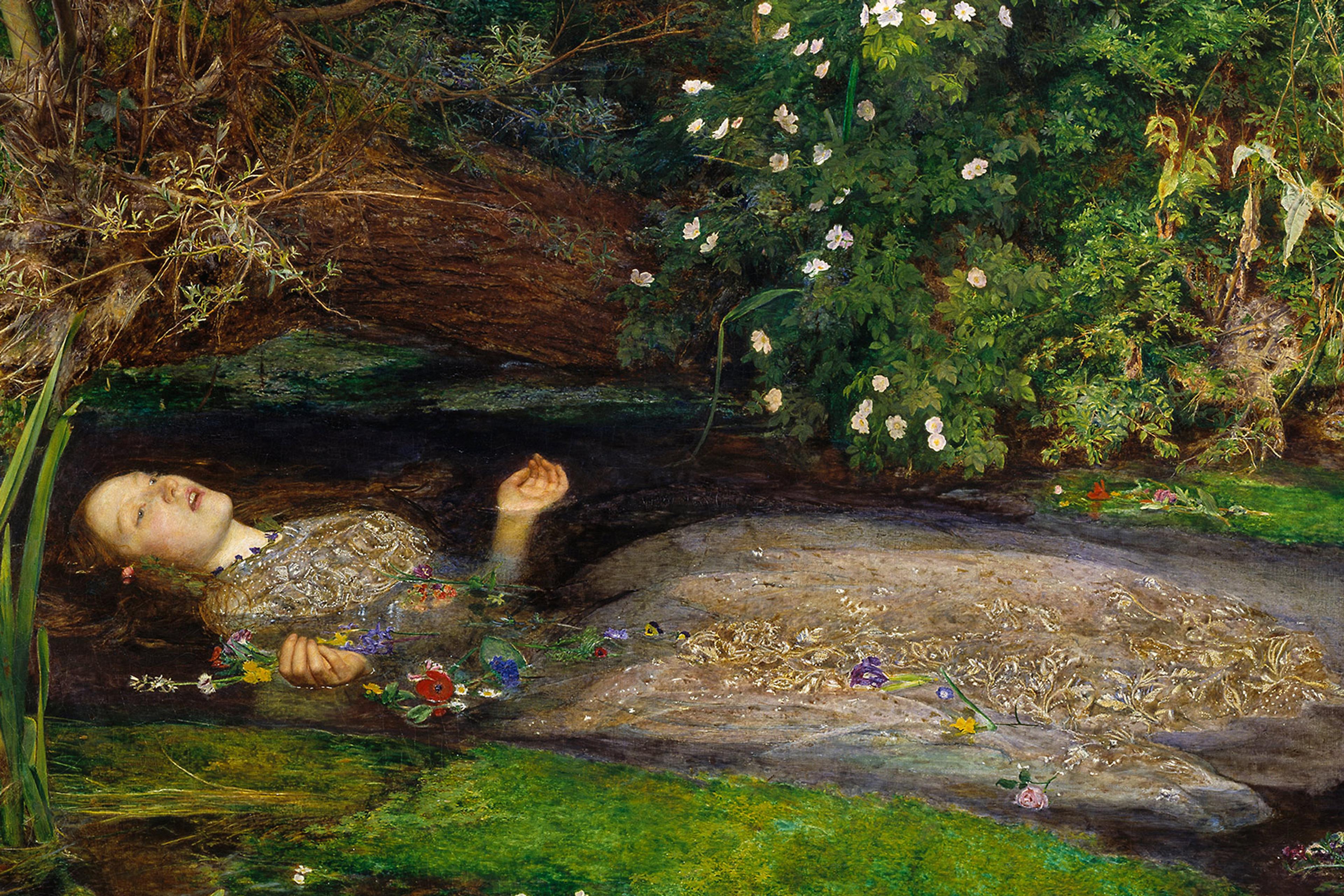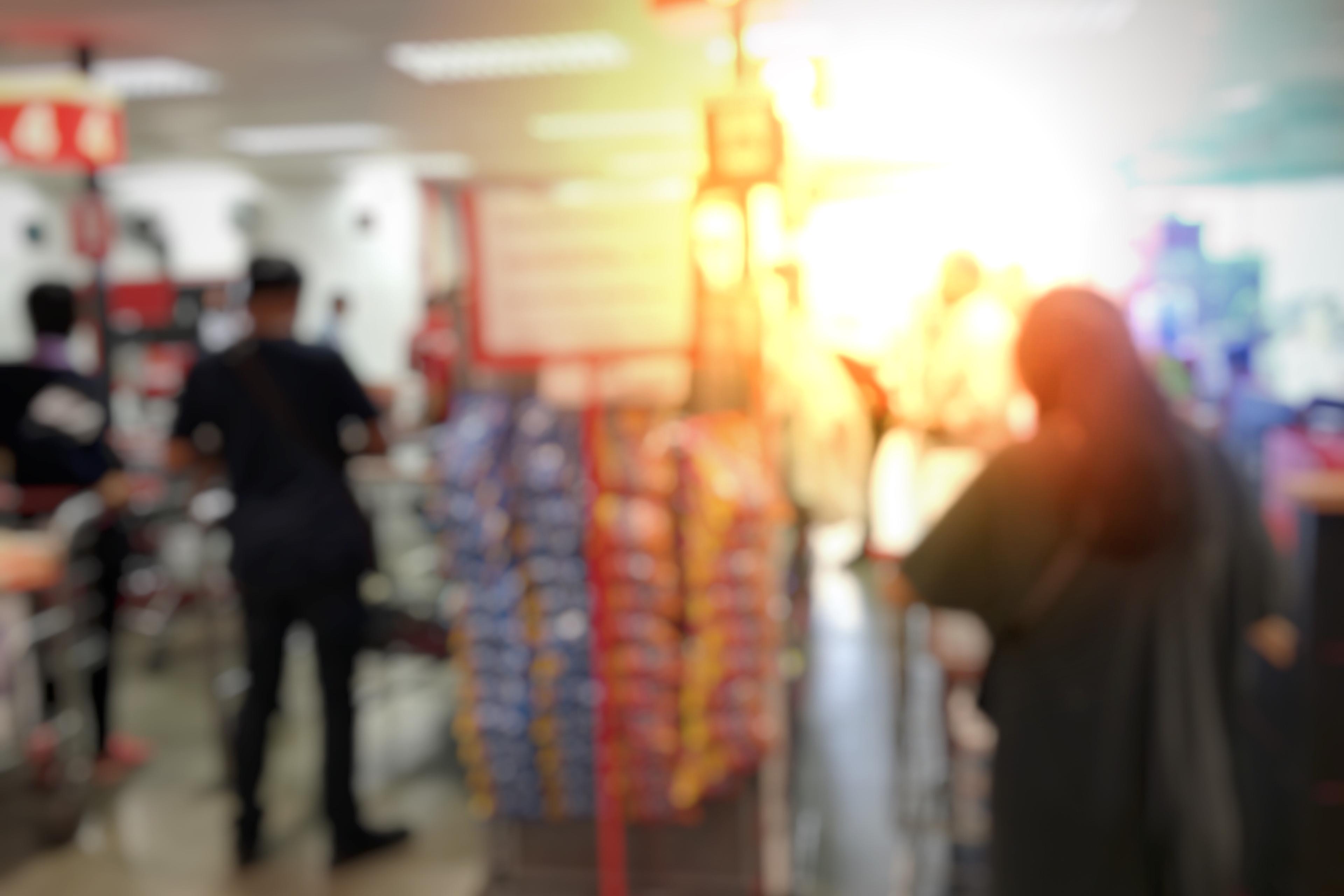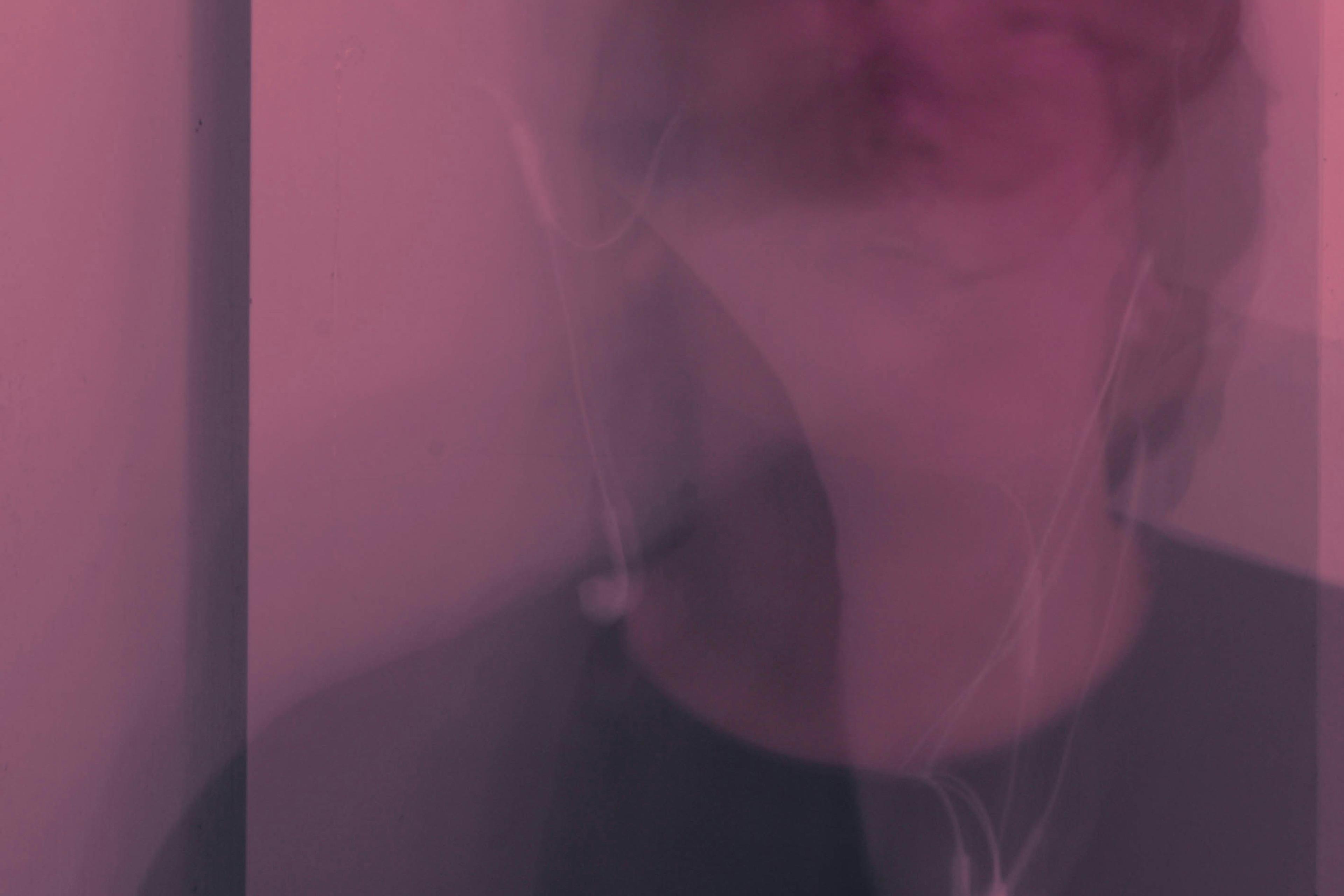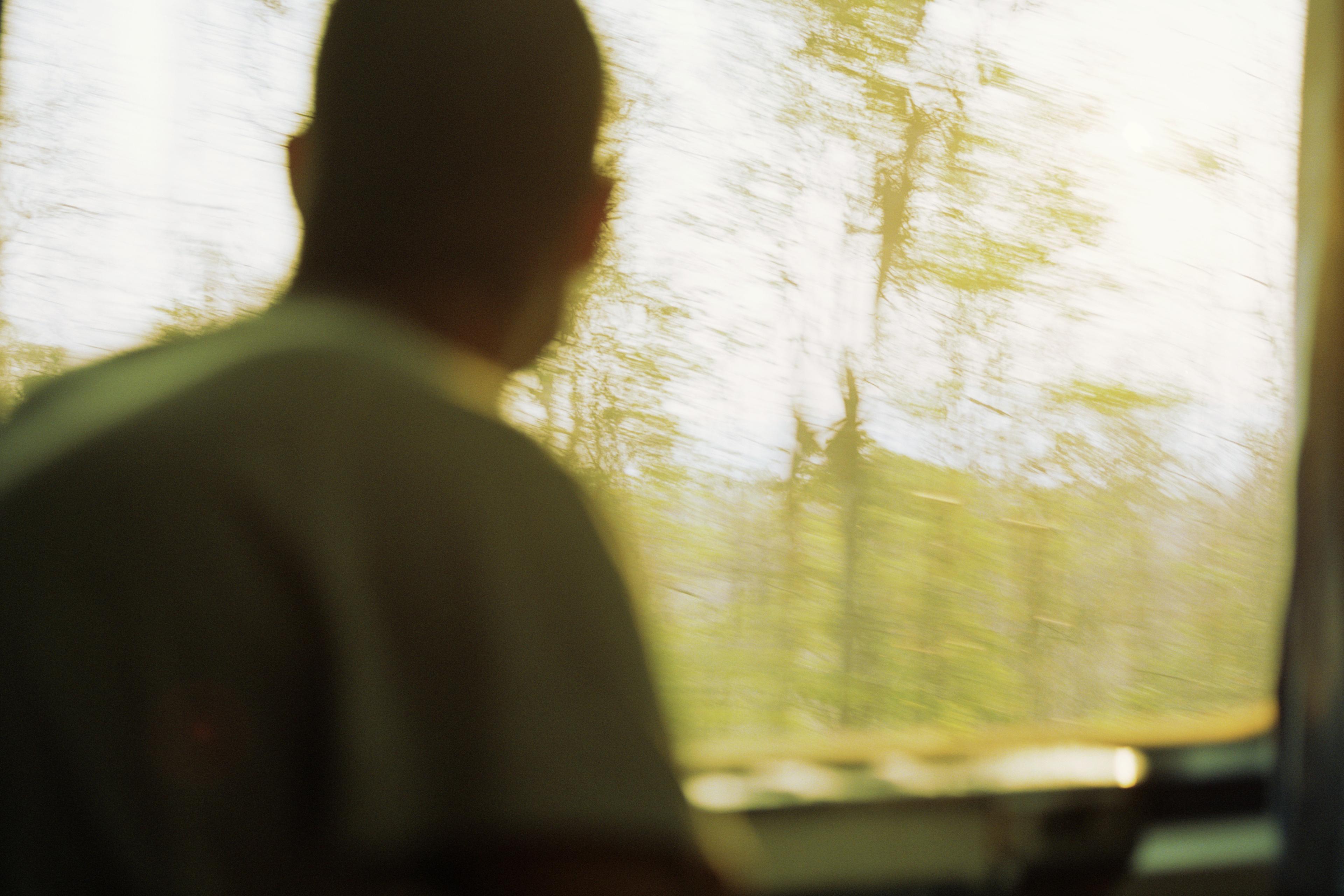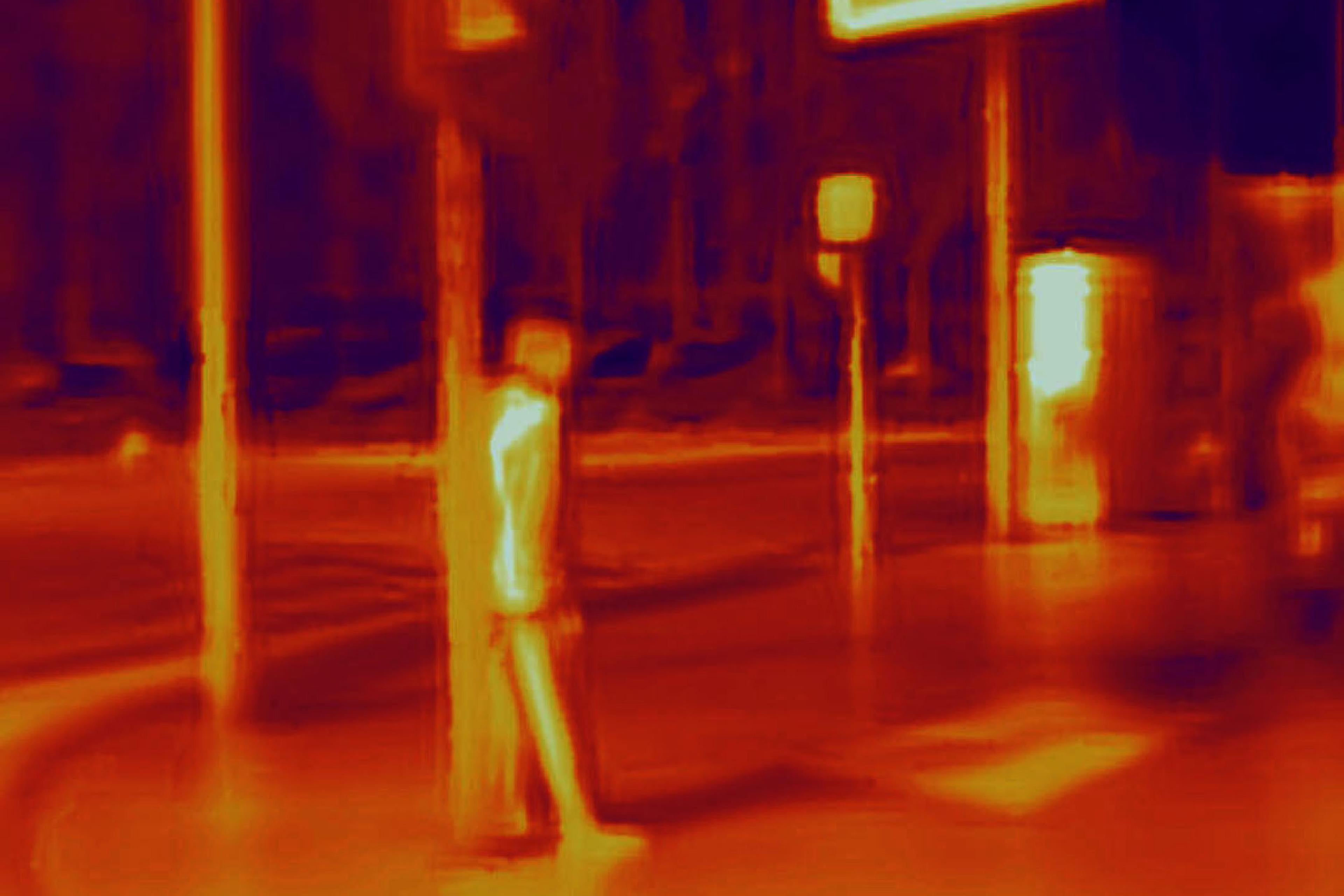I remember certain aspects of Sunday, 21 June 2015 – the day of the summer solstice – very well, and others not at all. On a weekend trip back to my home city of Sheffield to see family, I was awake and out of doors early. Typically on these brief, often fraught return visits, I was keen to have the beginning of the day to myself and so, long before breakfast time, I walked to the nearby botanical gardens with their glittering glasshouses and dewy lawns. Just as when I used to dawdle through on my way home from school, I entered via the northwestern side, squeezing round a caged turnstile, padlocked now but rooted in memory as a malevolent wrought-iron creature, designed to trap small fingers and long home-knitted scarves.
Turning right up a winding path, I passed the vast bear pit, its deep shadowy recesses so vital to the delight and terror of childhood games, then descended to a patch of bright lawn where, suddenly, the membrane between the everyday sensory world and the world of extreme sensation broke without warning, and all my senses were plunged into hyper-reality. I could hear the flowers growing, fiercely pushing up through the ground, and the loud humming of bees so close that they seemed to be in conversation. The air shimmered and pulsated as in a special-effects disco, and my vision refracted into layers of brilliant colour that moved and breathed and sighed. The experience seemed to last hours, though, in actuality could only have been a minute or two. When I returned to myself, now collapsed on the wet grass, a concerned stranger was leaning over me, peering anxiously. ‘You look a bit peaky, love. Did you faint?’
Taking the train back to London later that day, I puzzled over what had happened. In itself, my out-of-body foray was all too familiar: but this, its more exceptional side, had been dormant for years.
I am a synaesthete: my senses are crosswired. Sight, sound, touch, taste and smell can all mingle in what has been generously termed ‘a union of the senses’, from the Greek ‘sun’ (union) and ‘aisthēsis’ (sensation). Much of the time, my synaesthesia behaves and restricts itself simply to visuals: this is grapheme-colour synaesthesia, where letters, numbers, months, names and days of the week appear in specific and consistent colour schemes. That solstice Sunday, as each Sunday, was bright green (although the letter ‘S’ for me always appears yellow); the month of June a cerulean blue; the number 21 is white. I am writing this on a Tuesday, which is the same turquoise shade it has been every week since before I knew what that colour was called. My first name begins with the letter C, which is pale pink. I dislike pale pink, but synaesthetes don’t get to choose their colours, and don’t all share the same colour connections – although the letter A appears red for me and also for many others. Various scientific and psychological studies have shown that red and A are commonly recognised colours and letters from an early age, which suggests some basis for aspects of grapheme-colour synaesthesia being based in environmental learning.
When the wires of this neurological phenomenon become most tangled, the synaesthetic reaction can be chaotic. The summer I turned 13, uncontrollable head-to-toe shaking during school assembly would swiftly turn into a full-blown Lucy in the Sky with Diamonds episode, swarming with an almost unbearable onslaught of colour and sound (literally ‘tangerine trees and marmalade skies’). Since I’d never taken a hallucinogenic drug, nor knew what one was at that age, I was at a loss as to what caused it. I never mentioned the episode to anyone: school was traumatic, and home scarcely less so. My parents had divorced a couple of years earlier, and I was enduring unhappy fortnightly access visits with my father. All that summer, my pubescent body confounded me with prickling sensations beneath my skin, mood swings and sudden changes of temperature, some of which were explained by the arrival of my first period in the autumn. When ‘the rapture’ (as I named my new companion) descended, it seemed better not to mention it at all. Googling ‘synaesthesia’ now, the same issues that so troubled me at 13 are clearly just as pertinent today: one of the more frequently Googled questions is ‘is synaesthesia a mental disorder?’
I was brought up at a time when inexplicable incidents and differences were not meant to be divulged, especially anything that could be categorised under the feared umbrella term ‘mental health’. After my oldest brother was diagnosed with schizophrenia at 27 (a hasty mislabelling, as it turned out: he is bipolar), and I gradually learned that my maternal grandmother had had the same condition, I became increasingly determined to hide what I saw as my disturbing quirks. In fact, I liked having a secret. Over time, the more extreme of my sensations faded as life expanded and changed, my hormones settled, and my confidence grew. I didn’t notice my neurological delinquency as much, and it didn’t announce itself so violently any more – until it decided to make a special guest appearance that Sunday in 2015.
I was unaware of any possible genetic links to synaesthesia until a few months after the unexpected re-emergence of ‘the rapture’: my mother, commenting on my recent participation in a radio broadcast, declared that my voice sounded ‘very brown’. As she’d always had a quirky way of expressing herself, I thought little of it at the time, but after her death the following year, I wish I’d asked more about her own experience of what was clearly synaesthesia, and also about the potential genetic link with my late father, who had a rare form of colour blindness. Just as curious to me now is that she never made the connection herself. She put my childhood terrors of certain smells, or my alarm at the ‘wrong’ feel of a piece of material, and not least my endless nightmares, down to an ‘overactive imagination’.
In her memoir The Shaking Woman or A History of My Nerves (2010), the American writer Siri Hustvedt delves into neuropsychiatry in search of a diagnosis for the migraines that afflicted her since a young age, and the violent seizure that suddenly upends her life. Over the course of the book, Hustvedt reveals that she has mirror-touch synaesthesia, in which a person feels another’s sensations and pain as intensely as if they were their own. No question of turning the other cheek here, when that cheek is indistinguishable from yours.
Synaesthesia’s links to writerly empathy have been noted before, with Vladimir Nabokov and Virginia Woolf both well-known examples. Might not Woolf’s autobiographical account of hearing birds singing in Greek while in the midst of psychosis – an experience she gave to the suffering Septimus Warren Smith in Mrs Dalloway (1925) – have been an effect of synaesthesia? Hustvedt, in the best analysis yet that I can apply to my own condition, writes:
I feel I have one – a self – but why? Is it everything that lies within the borders of my body? Not really. When I shook, it didn’t feel like me. That was the problem. When did it arrive, that selfness? I don’t remember, but I know that secrecy is part of it.
That sense of both ‘selfness’ and ‘another self’ comes with an attendant need for secrecy, because we exist in a world that is determined to operate in terms of absolutes, maintaining an acceptable facade even if the truth is rather more qualified. This comment by Hustvedt feels particularly apposite: ‘if I am asleep, you don’t see my dreams’. Turning ourselves inside out, to reveal the complicated, hidden self that lurks beneath the exterior, is analogous to allowing others to see our imperfect dreams. Recognising this duality is imperative to any real understanding of our shared reality. The key to my eventual acceptance of my brother as bipolar, which took many difficult and often furious years, was a gradual recognition that his idea of certainty is just as valid as mine, in addition to society’s welcome shift to a more open and enlightened conversation around mental health.
I am still unsure why my personal ‘rapture’ returned a few years ago – though just as my synaesthesia accelerated when I reached puberty, it also flared up again as I careered through my 40s, at the other end of the hormonal spectrum. I’ve experienced repeat episodes of that early morning in the botanical gardens, most recently at an immersive art exhibition in Oxford last winter, which I didn’t expect to be quite as immersive as it turned out to be. The sense of euphoria that accompanies my plunge into the full synaesthetic universe can be dangerously addictive, and also mercifully brief. These days, I no longer hide the condition, nor hide from it. After all, writers are adept at exploring other selves and turning them into stories. Synaesthesia just happens to be an essential part of mine.

